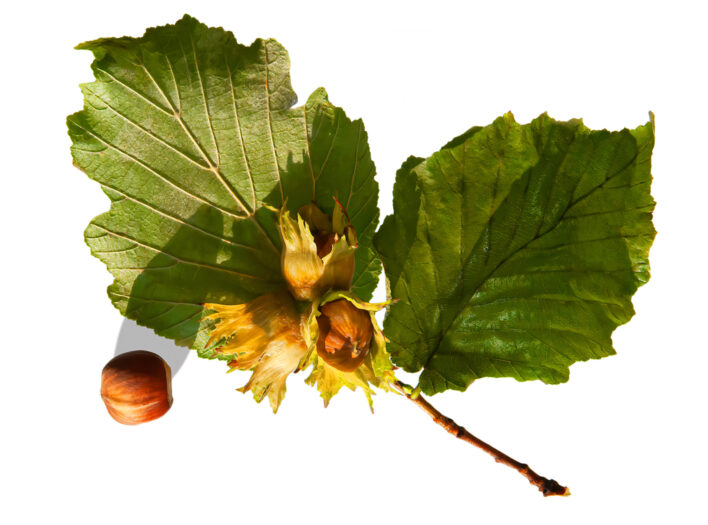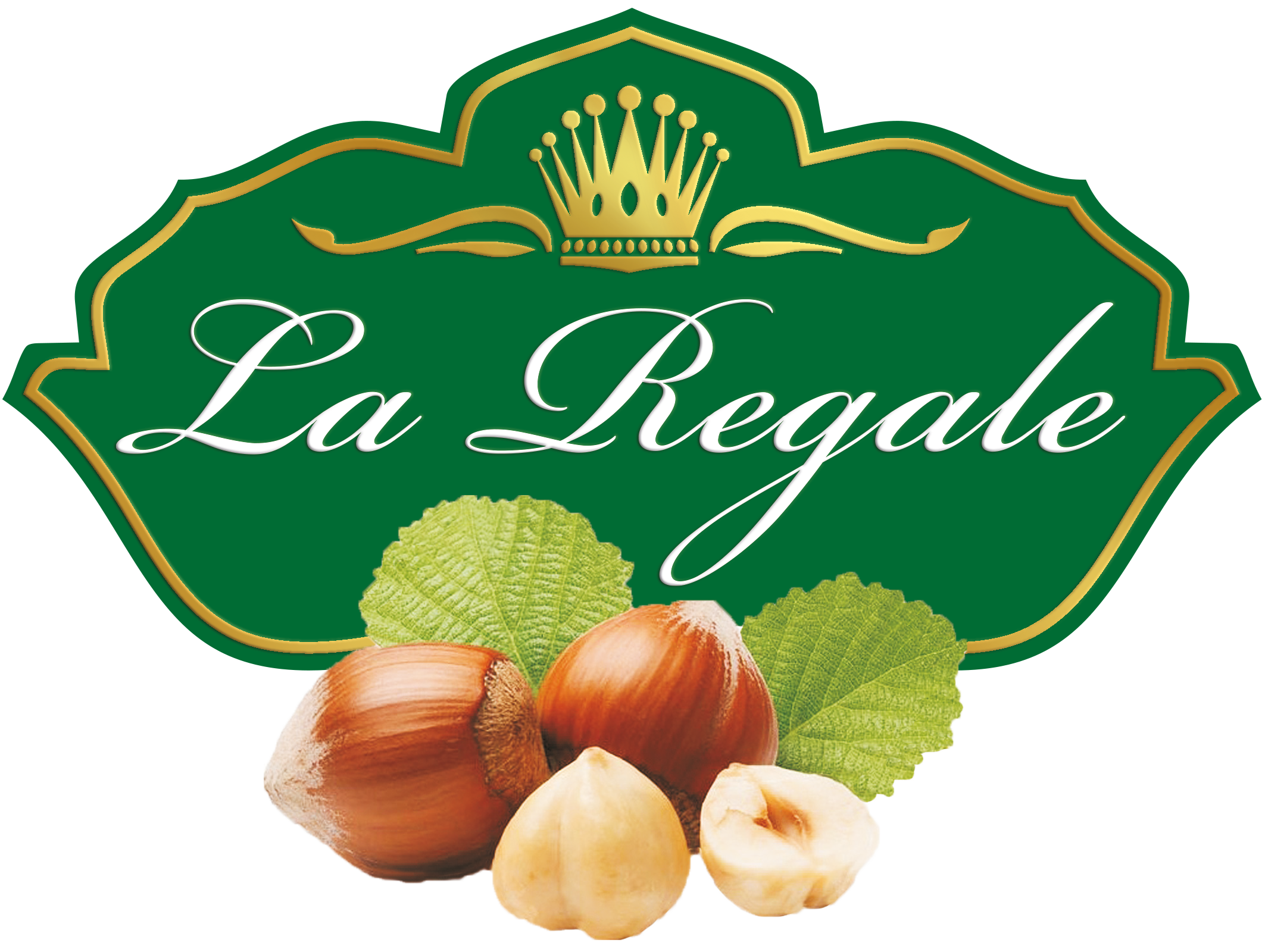
PGI Piedmont Hazelnut
The world-famous variety of hazelnut
The Tonda Gentile Trilobata hazelnut (or PGI Piedmont Hazelnut) has been acknowledged as the best in the world for its unique characteristics, its perfect balance in flavour and its spherical shape with tender and fragrant flesh.
PGI Certification
The PGI Piedmont Hazelnut is subject to a Production Regulation that establishes the characteristics of the product, from cultivar to production area, cultivation systems, commercialisation, and labelling.
In 1993, the Tonda Gentile delle Langhe was granted PGI (Protected Geographical Identification) certification through the broader definition of the Piedmont Hazelnut by Ministerial Decree on 2nd December 1993.
The elixir of long life!
Besides being tasty, it is also good for your health.
First, the hazelnut contains a significant number of essential amino acids and vitamin E (which is a powerful antioxidant) and oleic acid (the same substance we find in extra virgin olive oil). It would seem that a diet with a high consumption of oleic acid maintains a low level of ‘bad’ cholesterol, while raising the level of ‘good’ cholesterol.
Recent studies have shown that regular consumption of PGI Piedmont Hazelnuts (30 to 40 grams per day) is helpful in keeping healthy and fit.
In the ancient times
Since ancient times the hazel tree has symbolized well-being and happiness.
In the time of ancient Rome, it was customary to give hazelnut plants as a good omen. The same happened in France, where the plant was given to newlyweds as a symbol of fertility. The symbol of the god Aesculapius-and of today’s apothecaries-is precisely a hazel branch with two snakes twisted around it.
A magic tree
The hazel tree has always been considered a magic tree.
The hazel tree has always been considered a magic tree, for example, Piedmontese dowsers used the very branches of the hazel tree to find springs and then build wells in farmsteads, and always with the branches of the hazel tree the ‘Masche’ (Piedmontese witches) made their ‘baculum’,or magic wand.





